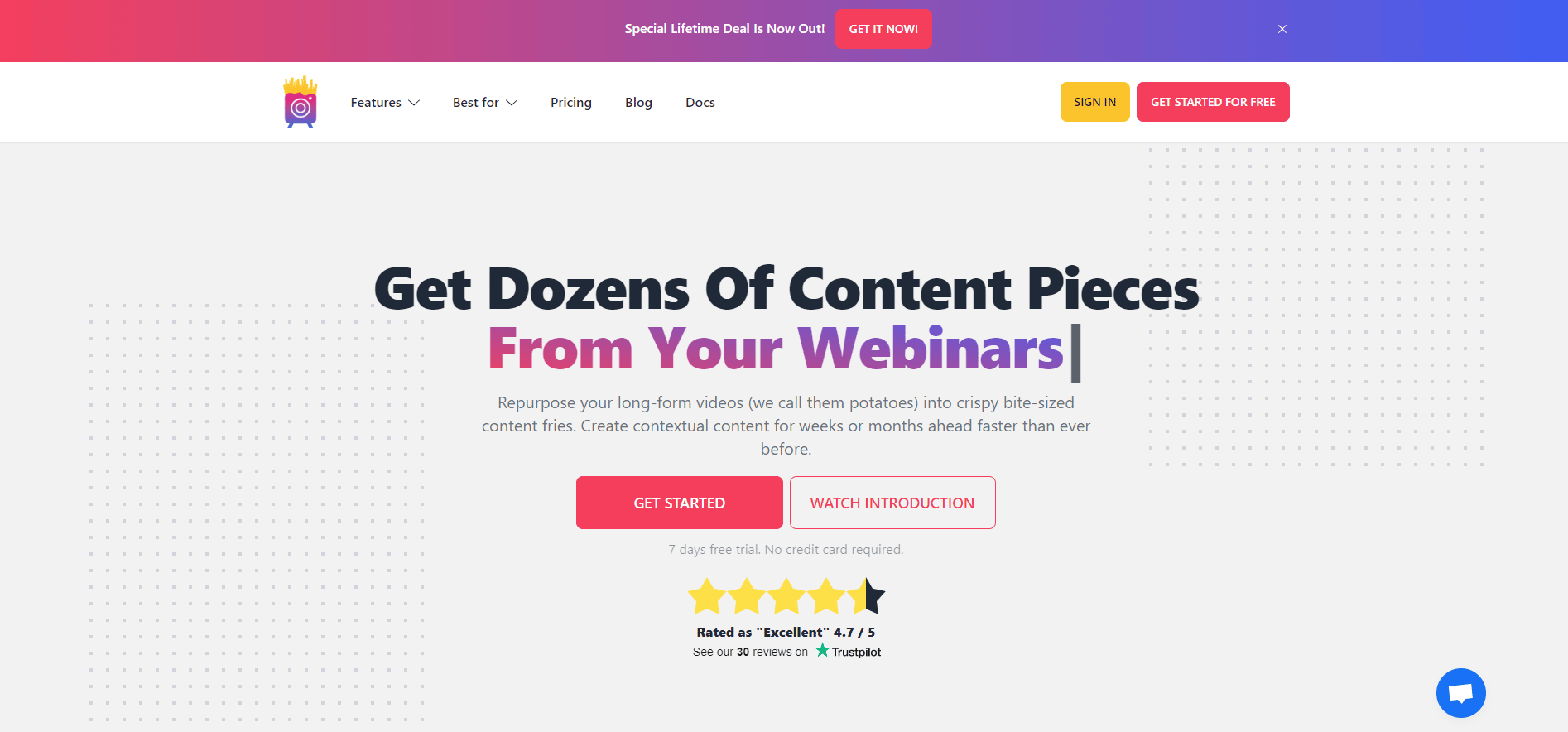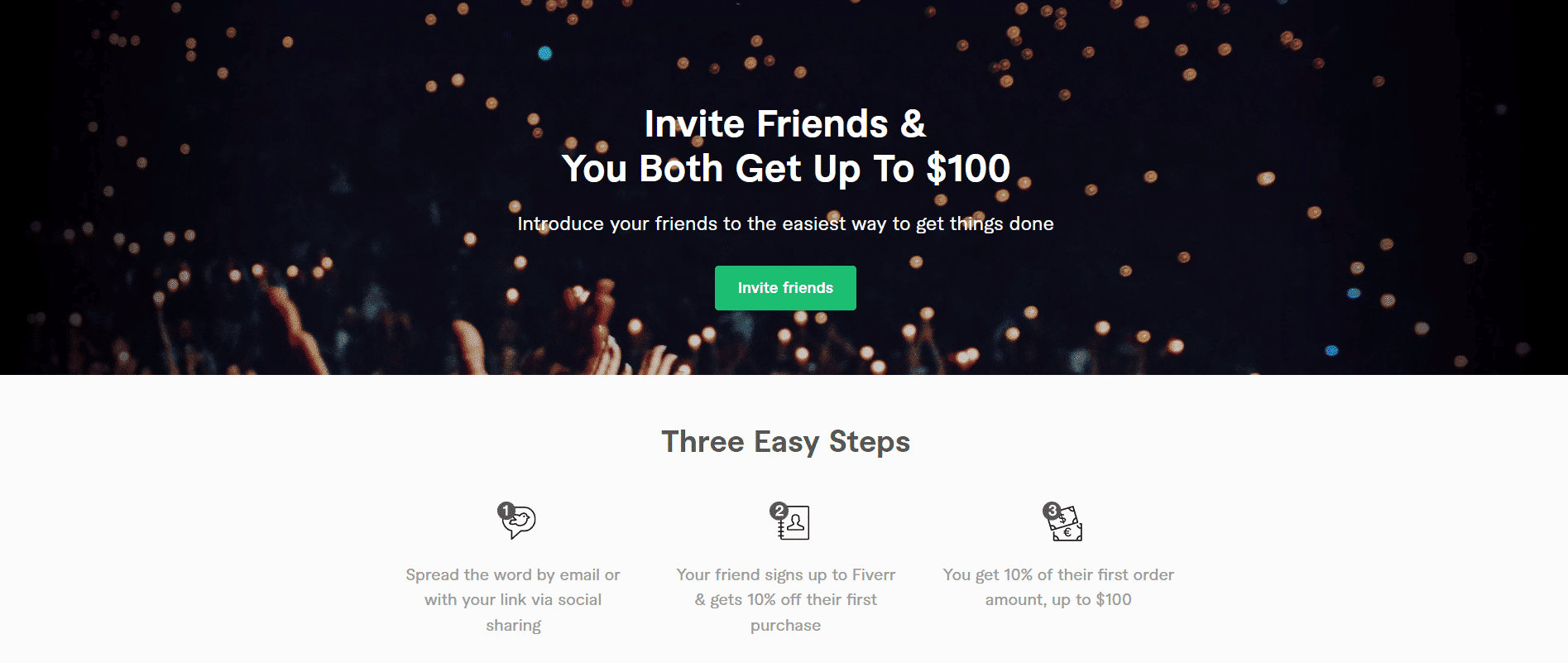B2B companies are considered lucky because they “always have customers”. Only B2B marketers can understand how hard it is to get these forever customers interested in their products. With a value-oriented marketing strategy, however, B2B marketing becomes easier.
In this article, you will discover the nuances and implementation hacks for each of these practices. We will also go over examples to see the potential of each B2B growth hack covered in this post.
Let's get started.
1. Never Neglect Research
B2B marketing is unlike consumer marketing, but that does not mean it can undermine the foundations of demand generation. Market research is just as critical to B2B marketing as it is to consumer marketing.
You must start by determining which type of businesses need your services the most. You might have a SaaS product that can be used by fashion brands and fast-moving consumer goods businesses. But the marketing question isn't “who needs it” but “who needs it the most.”
Every marketing dollar you spend gets a better return if you get this part of the research right. Once you know who needs your product or service, you need to research how they become aware of potential solutions. Social media is an easy copout, but there are plenty of opportunities to enter your prospects' attention sphere. Industry magazines, relevant conferences, and podcast ads are just a few options.
Example: Hubspot not only researches its audience but conducts research its audience might be interested in and publishes it!

2. Balance the Organic and the Paid
Different media require different levels of organic content and paid media. Fresh platforms have a high organic reach, while well-established platforms like Instagram give less organic reach to creators.
Pro tip: Don't have the same ad spend for different platforms.
A few questions worth asking before you spend even a cent on advertising are:
Google Search advertising is different from social media advertising. You might be obligated to serve ads on search terms that your competitors might otherwise monopolize. But in social media discovery advertising, you don't have finite space to compete for. However, you do have a finite budget.
3. Turn your Website into a Funnel
We are well past the age of home pages. Your website should give only a few options to potential prospects and geared toward opt-ins. This setup funnels your traffic where you want it to go and helps you maximize the return on your marketing efforts.
Suppose you spend $5,000 on fresh content that reaches 100,000 people. 10,000 of them might be interested enough to check out your website. But if your typical website structure has too many options, they might kill some time and bounce.
On the other hand, following sales funnel best practices to design your website would offer them a gift in exchange for their email. And that would reduce the company's ad spending significantly because you have an open line to that customer through email.
Example: ContentFries website is a sales funnel masquerading as a homepage. Your B2B company's site should also take a chapter out of the ContentFries playbook.

4. Have a Brand SEO Strategy and a Keyword SEO Strategy
You must have two different SEO strategies: name/brand and informational. For those who do not know, SEO stands for “Search Engine Optimization,” and it refers to creating and optimizing content so that it ranks high enough to be noticed by the audience searching for specific terms.
It is obvious that a Content Management System business would want to rank #1 on Google for the keyword “Content Management Systems.”
But there is another aspect of SEO that small B2B companies ignore. Ironically, these companies need it the most. The principle of monopolizing your own name asserts that you should have a search monopoly on your own name. Only when people can find you on Google is awareness advertising worth anything.
Billboards don't generate clicks, but they produce curiosity. If someone Googles a brand after becoming aware of it via a billboard, he should be able to find it. If he can't, the billboard ad is a waste of money. Fortunately, B2B brands don't usually need billboards in their marketing mix. Still, even direct ads can sometimes do nothing except penetrate the consciousness of an uninterested consumer.
If a marketing manager scrolls past your ad on LinkedIn but remembers your company's name, how will he learn more about it? He will probably Google it. So you should SEO your way to #1 for your name.
Example: When you search ClickUp, you will see Clickup's website in both Google Ads and organic results. You will also notice that competitors are bidding on the term "Clickup" to steal their traffic. This tactic is called trademark or brand bidding and forces many companies to run ads for their own brand.
5. Make Referrals a major Part of your Marketing Mix
B2B marketers usually stay away from channels that involve direct sales. Referral marketing might transfer the conversion credit to the sales team, but it benefits your business. That's why referrals should be a staple of your marketing mix.
Even if 10 customers acquired result in 2 customers referred, your average cost of customer acquisition goes down. Research has shown that simply asking for a referral works even if there is no referral reward. But to get maximum referrals per customer, you need to have a referral program. B2B tech products can offer price slashes or a percentage of the initial sale.
Example: Fiverr has a solid referral program that complements its paid advertising.

6. Have a CRM
One of the most significant marketing steps that correlate with sales is having a CRM. A customer relationship management program can guide the direct sales strategy as well as the email marketing strategy.
In consumer marketing, CRMs are very sales-specific pieces of software. Knowing how long it has been since a customer was last contacted can help a salesperson decide whether it is time to follow up.
But in B2B marketing, CRMs are organizers of information like the prospect's position in a company, level of interest in service, and proximity to the decision maker. These can inform the marketing emails sent to specific segments of your marketing list.
7. Offer Value with Email Marketing
Email marketing is the single most crucial aspect of B2B marketing. You do not call a CEO 20 times a year to sell a piece of software. But you can deliver actionable advice and insights to the same CEO 20 times a month through their inbox.
The difference between calling and emailing a prospect is that you can deliver value in an email. If your B2B product is a cybersecurity program, the relevant value you can provide is some insight into how companies can protect their data.
But can you do this over a call?
It would be very awkward to call someone and say you want to give them some advice. Email is a much better channel because it gives the receiver the freedom to read at his own pace. Use this to your advantage and deliver value. Once your list associates you with cybersecurity (or your specific niche), your sales team will have a much easier time closing.
Example: Owler's email newsletter offers insights and tips on leveraging business data to make sound business decisions.
Final Thoughts
B2B marketing is like high-stakes and niche consumer marketing. As long as you bet on value, deliver on your promises, and spend your marketing dollars wisely, your sales will grow.
Trying to reach out to the right prospects? Check out these 8 B2B Email Marketing Best Practices (with Examples).
